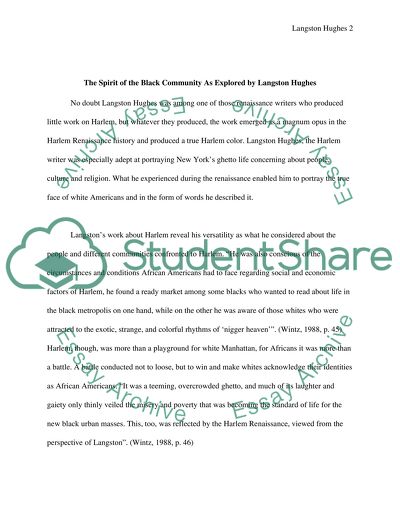Cite this document
(“Langston Hughes Essay Example | Topics and Well Written Essays - 2250 words”, n.d.)
Retrieved from https://studentshare.org/miscellaneous/1523626-langston-hughes
Retrieved from https://studentshare.org/miscellaneous/1523626-langston-hughes
(Langston Hughes Essay Example | Topics and Well Written Essays - 2250 Words)
https://studentshare.org/miscellaneous/1523626-langston-hughes.
https://studentshare.org/miscellaneous/1523626-langston-hughes.
“Langston Hughes Essay Example | Topics and Well Written Essays - 2250 Words”, n.d. https://studentshare.org/miscellaneous/1523626-langston-hughes.


